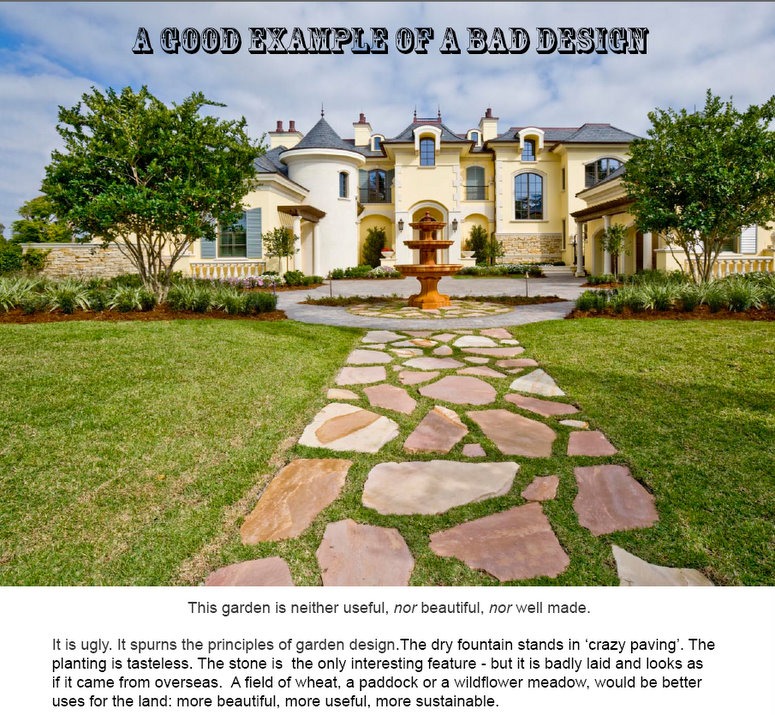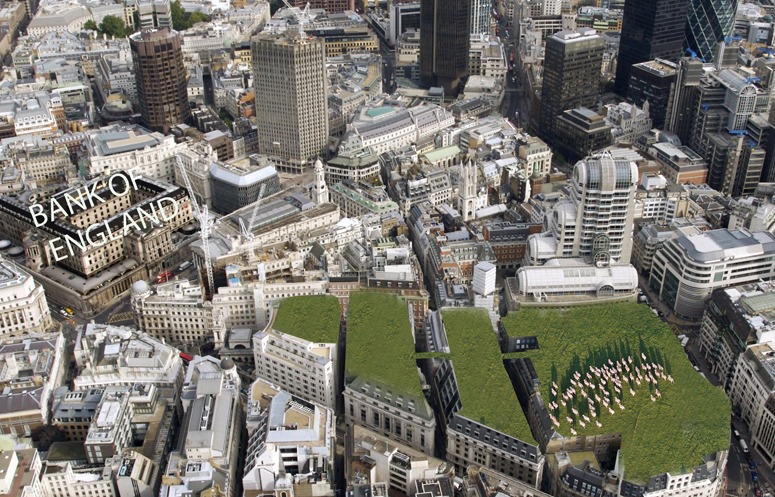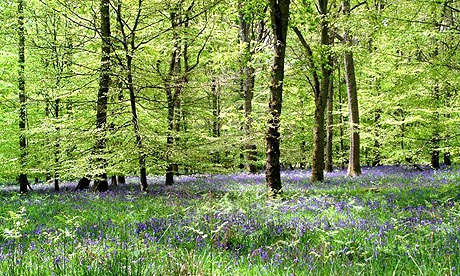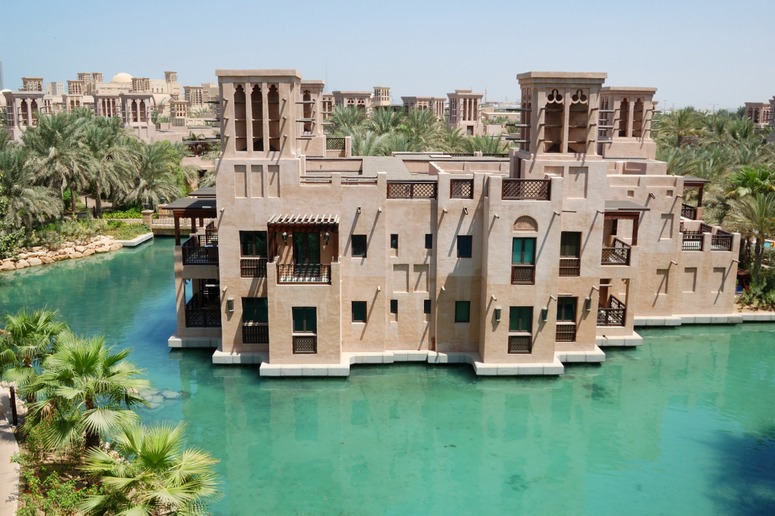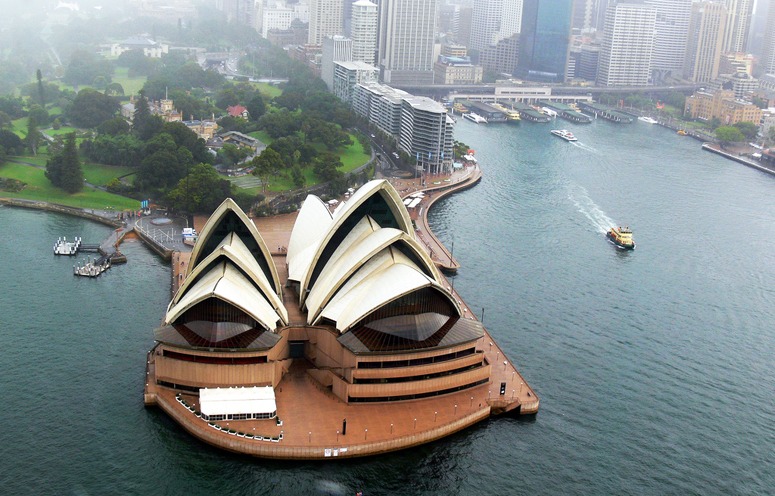James van Sweden told Monty Don that ‘Americans just don’t get gardening. Americans don’t go outside. They are frightened of it. Frightened of bugs and wildlife. Frightened of the heat and the cold. They don’t want the work of a garden. Maintenance companies come in and cut and fertilise the grass. That’s it.’ (Around the world in 80 gardens, 2008 p.244) He sounds like a grumpy old man, and seems to have forgotten about California and the Pacific North West, but there are some significant points to be made about gardening in the United States:
- when it is not too hot and too humid to work in a garden, it is often far too cold
- though called ‘yards’ much of of the green space around houses is not fenced or otherwise enclosed, partly because a fence would be considered an unfriendly gesture
- American’s move house more often than Europeans – and pay a higher percentage of the house price to the realtor (leaving less money for the garden)
- American houses are larger than European houses – so why go out when indoors is so comfortable?
- Americans have shorter vacations and tend to work longer hours
- Food is cheaper in the US
- the American landscape architecture profession continues to regard garden design as an inferior activity
Please correct me if I am wrong – or add other explanations. I am not saying bad garden design is an exclusively US phenomenon, but they do seem rather good at it! The above illustation is from our eBook The Principles of Garden Design. We are of course aware that America has many great public gardens to visit and has long enjoyed a leadership role in world landscape architecture.

